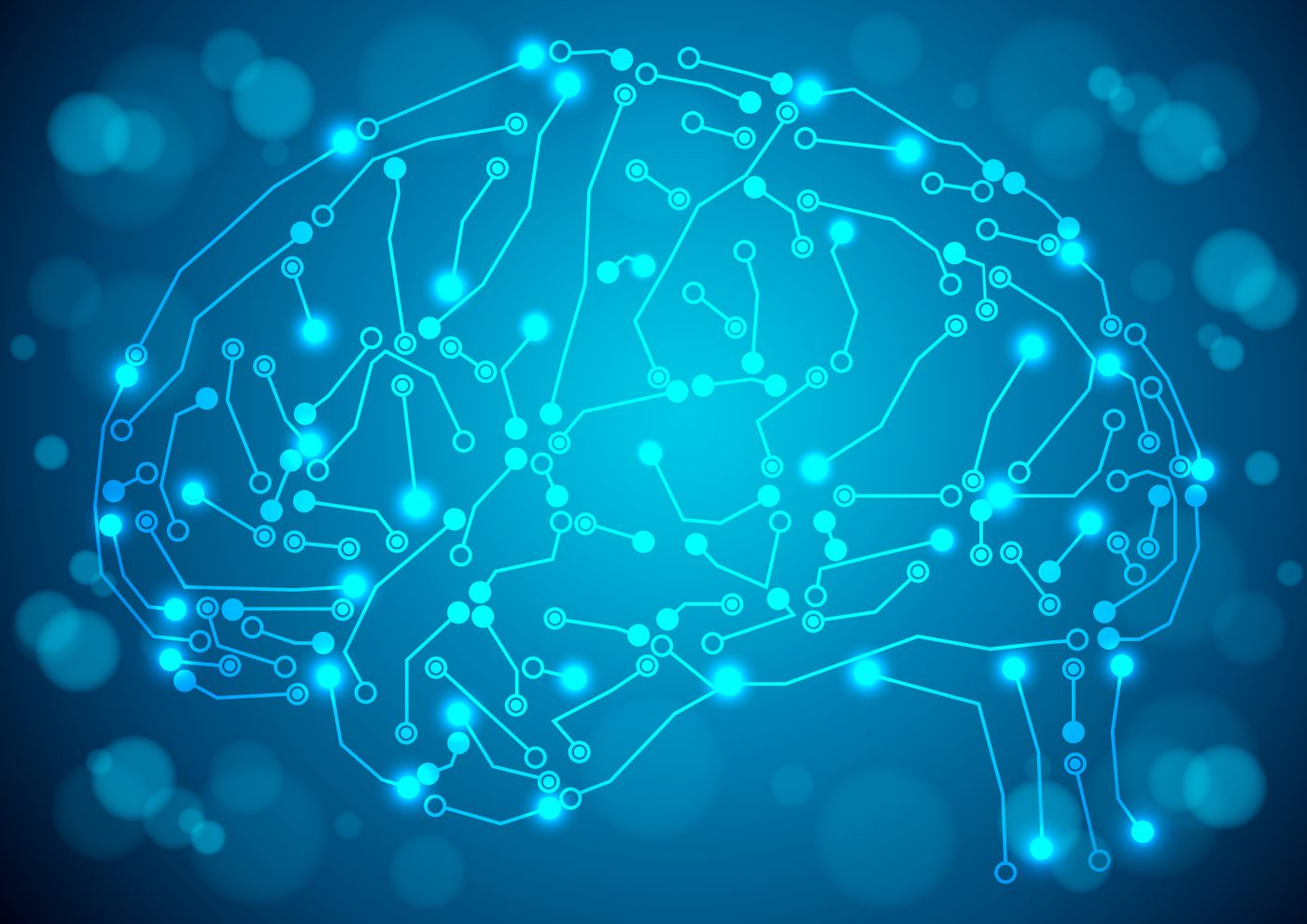Dopamine Triggers Movement but Does Not Sustain It, Parkinson’s Study Suggests

The neurotransmitter dopamine sparks movement, but does not sustain it, according to a Portuguese and American study with implications for the development of Parkinson’s therapies.
A feature of Parkinson’s disease is the death of dopamine-producing nerve cells in an area of the brain called the substantia nigra. Dopamine is a signaling molecule that plays a key role in generating movement. Its loss leads to symptoms associated with Parkinson’s.
Some scientists have believed that for people to move normally, the brain requires a constant level of dopamine.
Others disagree. As evidence, they point to Parkinson’s patients being able to perform complex movements such as riding a bike. They believe instead that patients have difficulty starting movement, rather than sustaining it.
While the frame of reference in some studies has been dopamine-producing nerve cells’ role in continuous movement, newer studies have suggested that its activity is limited to sparking movement.
“Our laboratory and others had shown that, in normal conditions, there is a transient increase in the activity of dopamine-producing neurons [nerve cells], and that this increase seems to precede movement initiation,” Joaquim Alves da Silva, a professor at the Champalimaud Center for the Unknown in Portugal’s capital of Lisbon, said in a press release. “But we still had to determine whether that neural activity was mostly important to initiate movement or if it was also important during movement execution,” added da Silva, the first author of the study.
Dr. Rui Costa, who led the study, and the other researchers wanted to know whether dopamine nerve cells’ role is sparking movement, or sustaining it. Costa is both a Champalimaud Center researcher and associate director of Columbia University’s Zuckerman Institute.
The study, “Dopamine neuron activity before action initiation gates and invigorates future movements,” appeared in the journal Nature.
Experiments in mice showed that dopamine nerve cells in the substantia nigra engaged in bursts of temporary activity before the start of movement. The scientists found no connection between the level of activity and the kind of movement. They did find a link between the level of the burst and how vigorous subsequent movement was.
They discovered that continuously inhibiting dopamine nerve cells’ activity when the mice were immobile decreased the chance that movement would start and that subsequent movement would be vigorous. But briefly activating dopamine nerve cells when the mice were immobile increased the chance of movement starting and remaining vigorous.
Interestingly, if the mice had already begun moving, then neither inhibiting nor increasing dopamine nerve cell activity affected their ability to sustain movement.
“These results show that the activity of dopamine neurons can act as a gate to permit or not the initiation of movements,” Costa said. “They explain why dopamine is so important” in movement and why “lack of dopamine in Parkinson’s disease leads to the symptoms that it does,” he said.
The research team’s finding that dopamine nerve cells’ main role is sparking movement will likely have an impact on the development of Parkinson’s therapies — because the most widely used treatment, levodopa, is designed to continuously elevate dopamine levels. The study suggested that therapies need only elevate dopamine levels before movement begins.
“Our study suggests that strategies that would boost dopamine when there is a desire to move would work better,” Costa said.
Another implication of the research is how doctors should perform a therapy called deep brain stimulation. It involves a high-frequency pacemaker being implanted in a Parkinson’s patients’ brain. The pacemaker stops the abnormal electric signals that the body generates in brain areas that control movement.
The study suggests that it might be better to stimulate the brain only when a patient wants to start moving. Such an approach might improve patients’ symptoms and reduce side effects, the researchers said.






